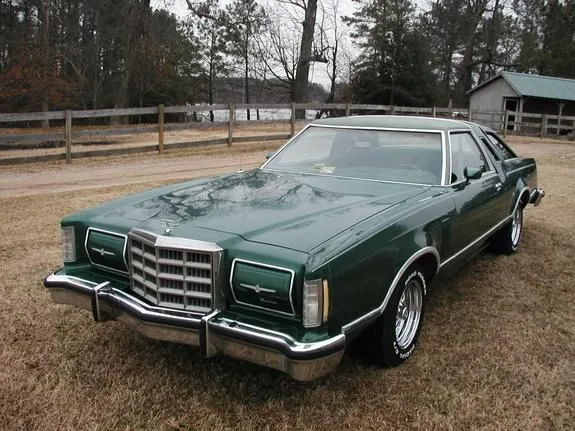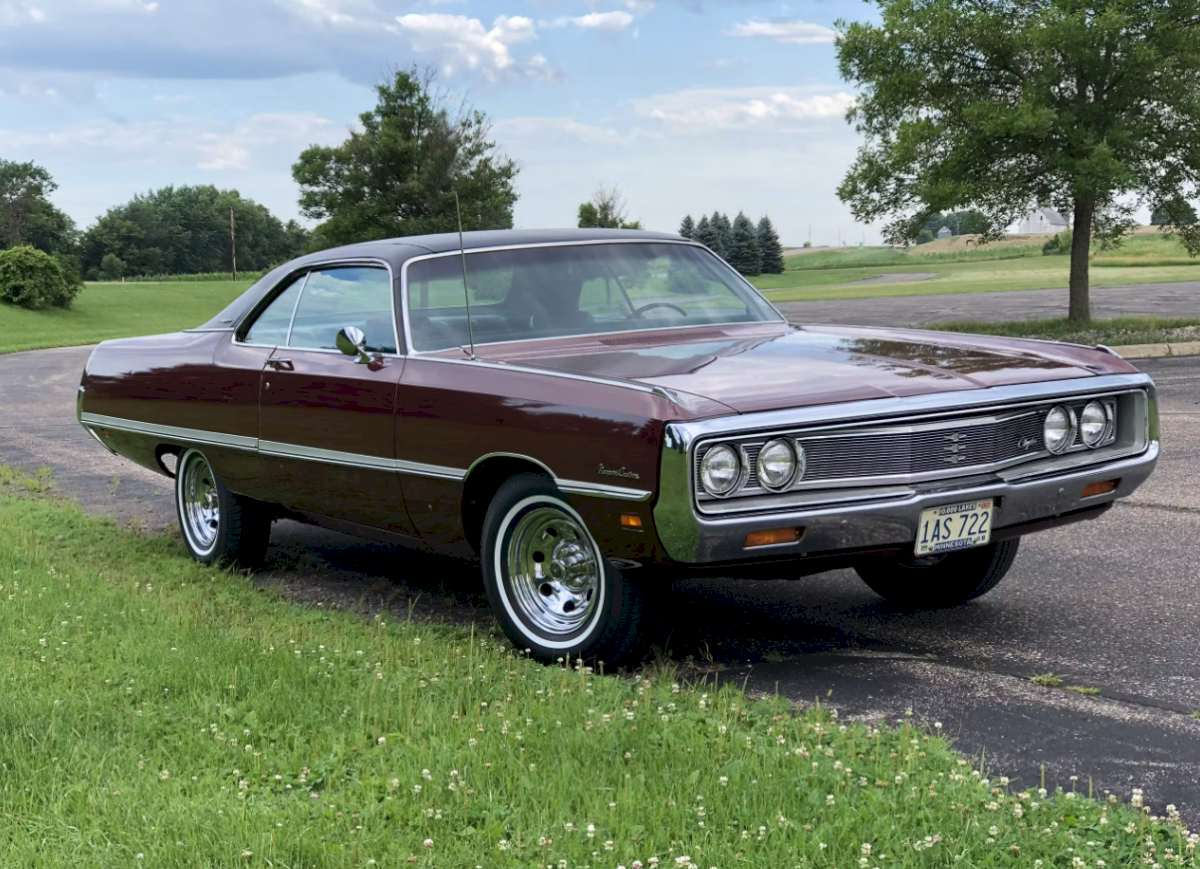The 1968 Pontiac Firebird is a classic American muscle car that has left an indelible mark on the automotive industry and the hearts of car enthusiasts. Born during a time of burgeoning horsepower wars, the Firebird emerged as Pontiac's response to the Ford Mustang and the Chevrolet Camaro, with distinctive styling, powerful engines, and an aggressive attitude that made it a standout in the crowded muscle car arena. In this comprehensive exploration, we'll delve into the history, design, engineering, performance, and cultural significance of the 1968 Pontiac Firebird.
Historical Context
To fully appreciate the 1968 Pontiac Firebird, it's essential to understand the historical context in which it was conceived. The mid-1960s were a tumultuous period in American history, marked by social and cultural changes. It was also the era of the "Pony Car Wars" between American automakers, as the Ford Mustang had set the stage for a new breed of affordable, sporty, and compact cars.
In 1964, Ford unveiled the Mustang, which was an instant success and created a new automotive niche known as the pony car. Seeing the market potential, General Motors (GM) sought to respond to the Mustang's popularity. Pontiac, known for its performance-oriented vehicles, was chosen to lead the charge. The result was the Pontiac Firebird, which made its debut in 1967 but truly came into its own in 1968.
Design and Styling
One of the most defining characteristics of the 1968 Pontiac Firebird was its striking design. It incorporated elements of classic American muscle cars while introducing unique styling features. The Firebird's design was the work of Jack Humbert, who brought a blend of aggressiveness and elegance to the table.
The front end of the 1968 Firebird was distinguished by its prominent split grille, which set it apart from other pony cars. Quad headlights gave the car a bold and futuristic appearance, while the shapely hood and fenders accentuated the car's muscular stance. The Firebird also featured a long, sweeping roofline that flowed into a sculpted rear end with distinctive taillights.
Inside the cabin, the Firebird offered a driver-focused interior with a sporty, yet comfortable, design. The cockpit featured a woodgrain-accented dashboard, a three-spoke steering wheel, and a variety of gauges to keep the driver informed about the car's performance. While the interior wasn't overly luxurious, it provided a practical and appealing space for driving enthusiasts.
The 1968 Firebird was available in both a hardtop and convertible body style, catering to a wide range of customer preferences. In addition, it came with a host of available options and packages, allowing buyers to personalize their cars. The Firebird 400 package, for example, added unique styling elements and a high-performance engine, setting it apart as a true muscle car icon.
Engineering and Performance
Underneath its stylish exterior, the 1968 Pontiac Firebird boasted a range of powertrain options that made it a true performer. The standard engine for the base Firebird was a 230 cubic inch (3.8L) inline-six, but the real excitement came from the V8 offerings.
The Firebird 326 was equipped with a 326 cubic inch (5.3L) V8 engine producing 250 horsepower. However, for those who craved more power, Pontiac offered the Firebird 400, featuring a 400 cubic inch (6.6L) V8 that generated a robust 330 horsepower and 430 lb-ft of torque. This formidable engine allowed the Firebird 400 to sprint from 0 to 60 mph in just over 6 seconds, an impressive feat for the era.
For those who demanded even more power, the Firebird 400 could be upgraded with the Ram Air package. This included functional hood scoops and a high-lift camshaft, pushing horsepower to a thrilling 335. The combination of the Ram Air system and the Firebird 400's aggressive styling made it a force to be reckoned with on both the street and the track.
Transmitting this power to the rear wheels was a choice of manual or automatic transmissions. The standard transmission was a three-speed manual, while a four-speed manual and a three-speed Turbo-Hydramatic automatic were also available. The availability of different transmissions allowed drivers to fine-tune their driving experience, whether they preferred the control of a manual or the convenience of an automatic.
One of the key engineering features of the 1968 Firebird was its suspension. The front suspension utilized coil springs and unequal-length A-arms, while the rear featured coil springs and a live axle. The suspension was tuned for a balance of ride comfort and handling prowess, making the Firebird enjoyable on both city streets and winding back roads.
Cultural Significance
The 1968 Pontiac Firebird arrived during a period of cultural change and upheaval in the United States. It was a time of protest, rebellion, and counterculture movements. In this context, the Firebird represented an escape from the mundane, a symbol of power, freedom, and individuality.
Muscle cars like the Firebird became a source of fascination for young Americans, as they embodied the spirit of rebellion and nonconformity. The roar of a V8 engine and the screech of tires symbolized a break from the establishment, and the Firebird's aggressive styling only accentuated this image.
The Firebird also gained recognition in popular culture. It was featured in various films, TV shows, and music videos, further cementing its status as a cultural icon. Perhaps the most famous Firebird in cinema history is the 1977 Pontiac Firebird Trans Am driven by Burt Reynolds in "Smokey and the Bandit." This film catapulted the Firebird Trans Am to superstardom and solidified its place in American pop culture.
In addition to its pop culture appearances, the Firebird was a formidable competitor on the racetrack. It found success in various motorsport events, including drag racing, road racing, and even the Trans-Am Series, where it competed against rivals like the Ford Mustang and Chevrolet Camaro. The Firebird's racing pedigree only added to its allure and performance reputation.
Legacy and Collectibility
Today, the 1968 Pontiac Firebird is regarded as a timeless classic, cherished by car collectors and enthusiasts. Its limited production numbers and unique design elements contribute to its collectibility. The Firebird's performance capabilities also make it highly sought after, especially in its Firebird 400 and Firebird 400 Ram Air configurations.
Restored examples of the 1968 Firebird can command high prices in the collector car market. The rarity of specific models and configurations, such as the Ram Air-equipped Firebirds, can drive up their value considerably. Restorations of these cars often involve extensive attention to detail, with a focus on preserving the car's originality.
In recent years, the popularity of classic American muscle cars has surged, and the 1968 Firebird has enjoyed renewed attention and interest. As a result, various aftermarket companies produce reproduction parts and restoration services to aid in the preservation and restoration of these iconic vehicles.
Additionally, the Firebird has an active and dedicated community of enthusiasts and collectors. Car shows, cruises, and online forums allow owners to share their passion for this classic muscle car, exchange information, and showcase their meticulously maintained vehicles.
Conclusion
The 1968 Pontiac Firebird stands as a prime example of the golden era of American muscle cars. Born out of the competitive landscape of the pony car wars, the Firebird made a bold statement with its distinctive styling and robust performance. Its significance transcends the automotive realm, as it became a symbol of freedom, rebellion, and the counterculture of the late 1960s and 1970s.
Today, the 1968 Firebird remains a highly collectible and revered classic car, with enthusiasts and collectors cherishing its unique design, powerful engines, and storied racing history. It serves as a testament to an era when American automakers were in fierce competition to produce the most thrilling and iconic vehicles. The 1968 Pontiac Firebird is not just a car; it's an enduring symbol of a bygone era, a reminder of the allure of American muscle, and a testament to the timeless appeal of classic cars.


